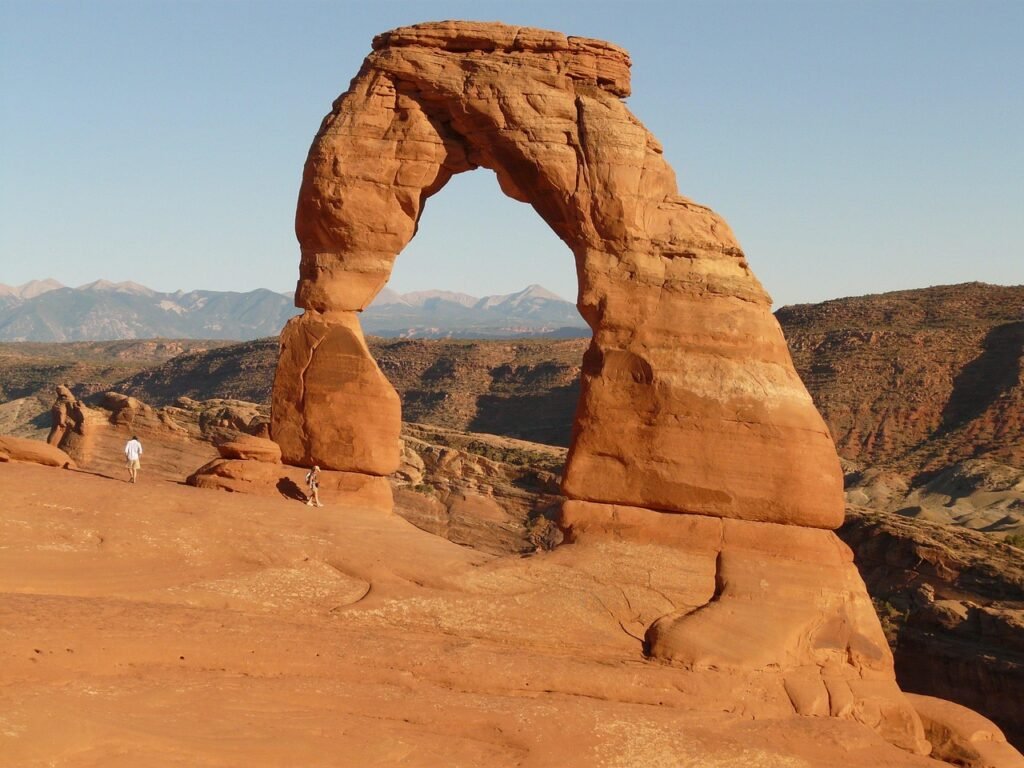Deep within the emerald heart of South America lies a realm that continues to baffle scientists, explorers, and governments alike. The Amazon rainforest, stretching across nine countries and covering roughly the size of the continental United States, harbors secrets that have remained hidden for millennia. While satellite technology maps the world with incredible precision and smartphones connect us to the most remote corners of the globe, vast swaths of this ancient wilderness remain stubbornly untouched by outsiders.
You might assume that in our hyper-connected world, every square mile has been catalogued and explored. Yet the Amazon defies this assumption. From isolated tribal communities that have never seen modern technology to uncharted territories where no human foot has ever left a print, this legendary rainforest continues to guard its mysteries with fierce determination. What makes this even more remarkable is that these hidden worlds exist alongside our modern civilization, separated by nothing more than dense jungle and the conscious choice to remain invisible.
The Last Isolated Guardians

In the Amazon, for hundreds of years, two peoples have had no contact with the rest of humanity: the Yuris and the Passés. There are indications of 18 other groups fleeing from rubber tappers, missionaries, miners, drug traffickers and guerrillas. These aren’t ancient civilizations lost to time; they are thriving communities making conscious decisions every single day to avoid contact with the outside world.
FUNAI has reported the presence of uncontacted Indigenous peoples in Brazil, with numbers that have varied over time as new groups are identified. Think about that for a moment. While you’re reading this on a digital device, there are dozens of entire communities living completely traditional lifestyles, hunting with handmade tools, growing ancient crops, and raising children who have never seen anything manufactured outside their forest home.
What’s perhaps most fascinating is that these groups aren’t accidentally isolated. They are contemporary societies that deliberately avoid outsiders after generations of violence, slavery and disease. Their isolation represents an active choice, a form of cultural self-preservation that speaks to both their wisdom and the tragic history of contact with the outside world.
Vale do Javari: The World’s Most Unexplored Territory
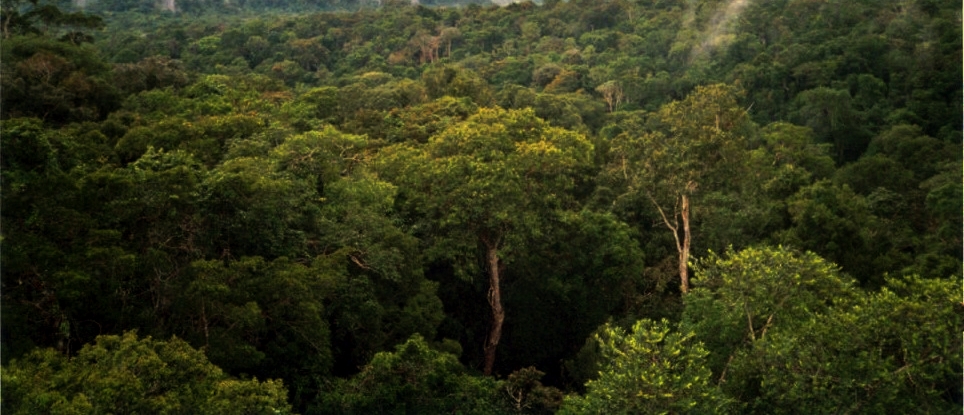
We are talking about the Amazon Rainforest in Brazil – specifically an area known as Vale do Javari – and it is the number one most unexplored place in the world. Imagine an area larger than Austria, completely sealed off from outsiders, where numerous uncontacted tribes are thought to live in Vale do Javari.
Its dense and unfriendly landscape is home to some of Earth’s most deadly creatures, including jaguars, anacondas, piranhas, black caimans and Brazilian wandering spiders among others. Also, the incessant rain all year round causes heavy flooding and extreme currents along the river, making inhabiting and traveling the region exceptionally difficult and dangerous.
You cannot simply book a trip here. Outsiders are not permitted to enter this part of the Amazon rainforest, making it the least explored place on Earth. This isn’t just about protecting wildlife; it’s about preserving human societies that have chosen to live outside our globalized world, maintaining their ancestral ways in one of Earth’s most challenging environments.
The Arrow People and Their Deadly Defense

Among the most mysterious of these isolated groups are the Flecheiros (the “arrow people”) are another people living in the Vale do Javari. These master archers have earned their name through their preferred method of defending their territory: deadly accurate arrow attacks that send clear messages to unwanted visitors.
In this gripping first-person account of adventure and survival, the author follows a 34-man team into the Amazon’s uncharted depths, discovering the rainforest’s secrets while moving ever closer to a possible encounter with the mysterious flecheiros – or “People of the Arrow” – a seldom-glimpsed tribe of deft archers known to defend their lands with showers of deadly arrows before melting back into the forest shadows.
Their skill isn’t just legendary; it’s absolutely real. These communities have perfected the art of invisible warfare, striking swiftly and then disappearing completely into the forest they know better than any outsider ever could. You won’t find them on any map, and they prefer to keep it that way.
Recent Encounters: When Isolation Breaks Down
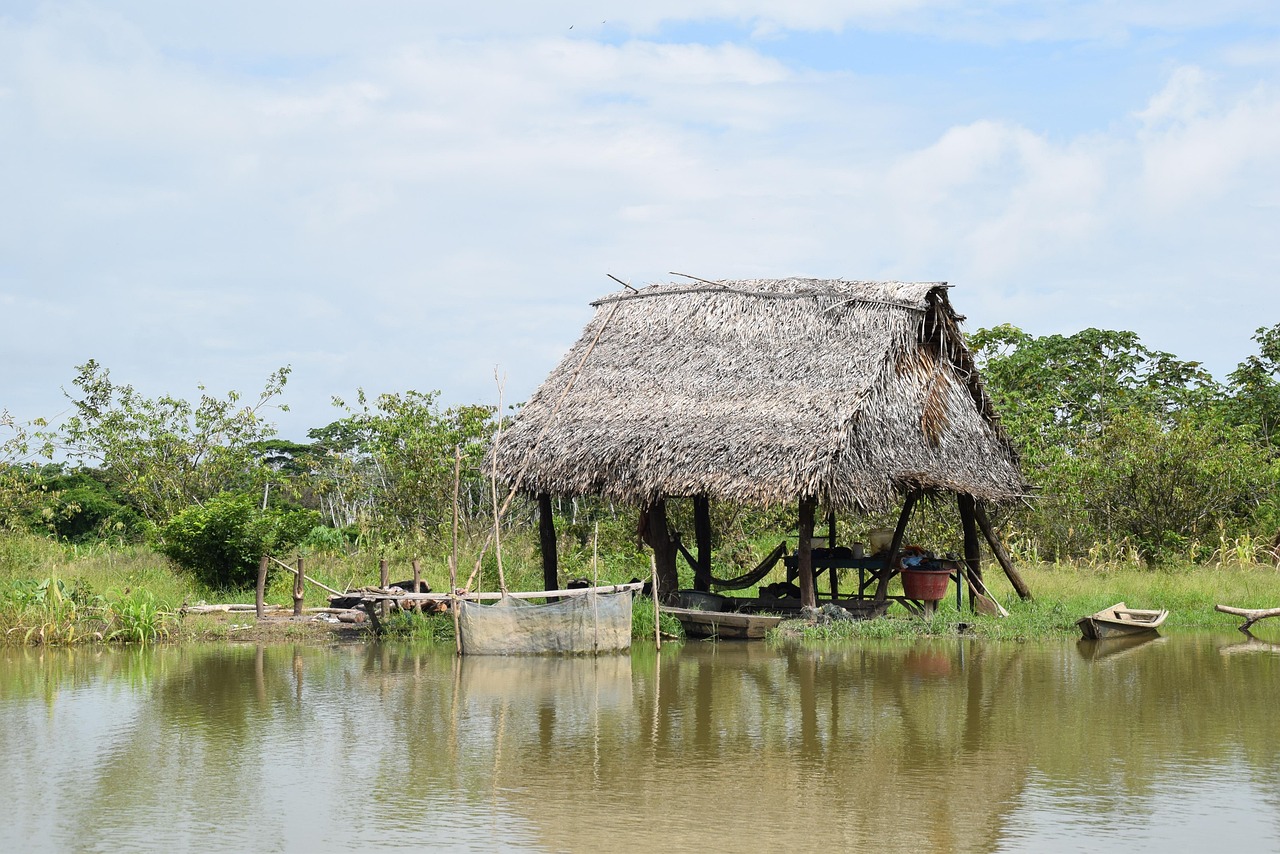
Sometimes, the boundaries between the isolated and connected worlds blur unexpectedly. Rights advocates say logging is pushing the Mashco Piro toward nearby villages, making encounters more likely. César Ipenza, a Peruvian environmental lawyer following the issue, told AP “these Indigenous peoples are exposed and vulnerable to any type of contact or disease, yet extractive activities continue despite all the evidence of the problems they cause in the territory.”
Brazil’s Indigenous affairs agency, Funai, recently released unprecedented images of a group of nine men from an uncontacted tribe in the Massaco Indigenous Territory, in the Amazon region. A trail camera installed in the Massaco Indigenous Territory captured unprecedented images of a group of nine men from an uncontacted tribe collecting machetes and axes left behind by officials from Brazil’s Indigenous affairs agency, Funai.
These encounters reveal the delicate dance between preservation and inevitable change. When isolated communities venture closer to the modern world, it’s often because their traditional territories are under threat from logging, mining, or other external pressures.
The Tragic Cost of First Contact
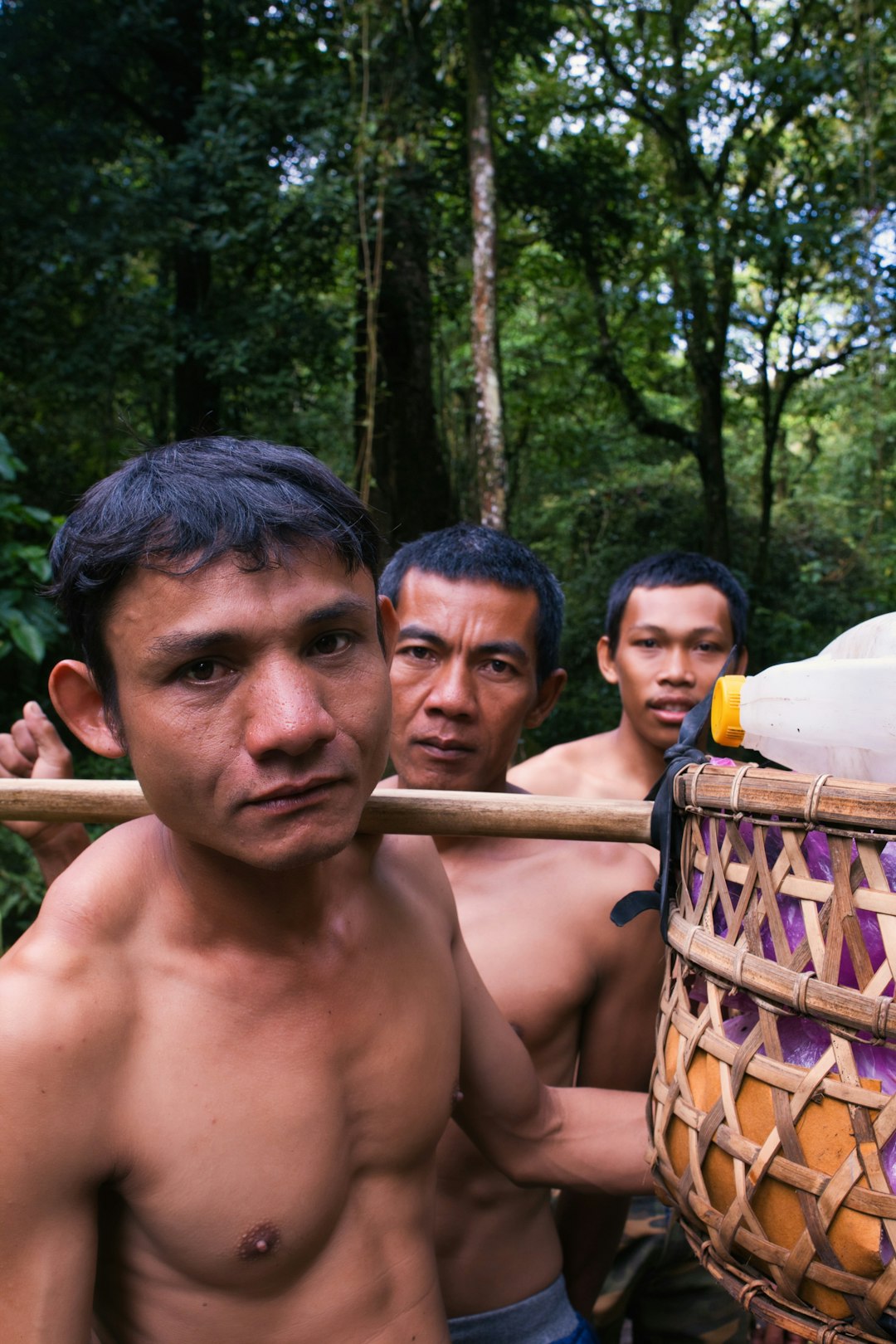
You might wonder why these communities work so hard to avoid contact. The answer lies in a devastating pattern that has repeated throughout history. It is not unusual for 50% of a people to be wiped out within a year of first contact, by diseases such as measles and influenza which can be brought in by loggers, missionaries, miners or other land-grabbers.
The Panará tribe suffered significant losses after first contact with settlers, illustrating the devastating impact of disease on previously isolated populations. These aren’t ancient statistics. This is the reality that continues today whenever uncontacted peoples are exposed to diseases for which they have no immunity.
The fear is justified and immediate. These very isolated peoples have not built up immunity to diseases common elsewhere, which is why they are so vulnerable. Every decision to remain isolated is, quite literally, a decision to survive as a people.
Hidden Landscapes That Defy Mapping

Beyond the human mysteries, the Amazon itself contains geographical secrets that continue to surprise explorers. Several regions within the Amazon rainforest remain largely unexplored across various countries. Notably, the Chiribiquete region in Colombia and the Mura Nunka hills in Ecuador stand out as among the least explored areas of the Amazon.
Exploration into the Unknown: We’ll venture into uncharted territories, exploring areas where human presence has never reached before. This expedition doesn’t follow a set schedule, as we venture into uncharted territories, where we’ll need to adapt to nature’s changing rhythms. Even modern expeditions equipped with GPS technology and satellite communication find themselves navigating truly unknown terrain.
These aren’t just remote areas that haven’t been thoroughly studied. This area features dormant volcanic cones and rolling hills, with virgin forests that are among the oldest in the Amazon. It remains largely unknown and historically inaccessible, home to a wealth of endemic species that thrive in perfect balance with this pristine ecosystem. We’re talking about landscapes that have never been walked by humans, ecosystems that exist in perfect balance, untouched by any outside influence.
The Technology That Watches Without Touching
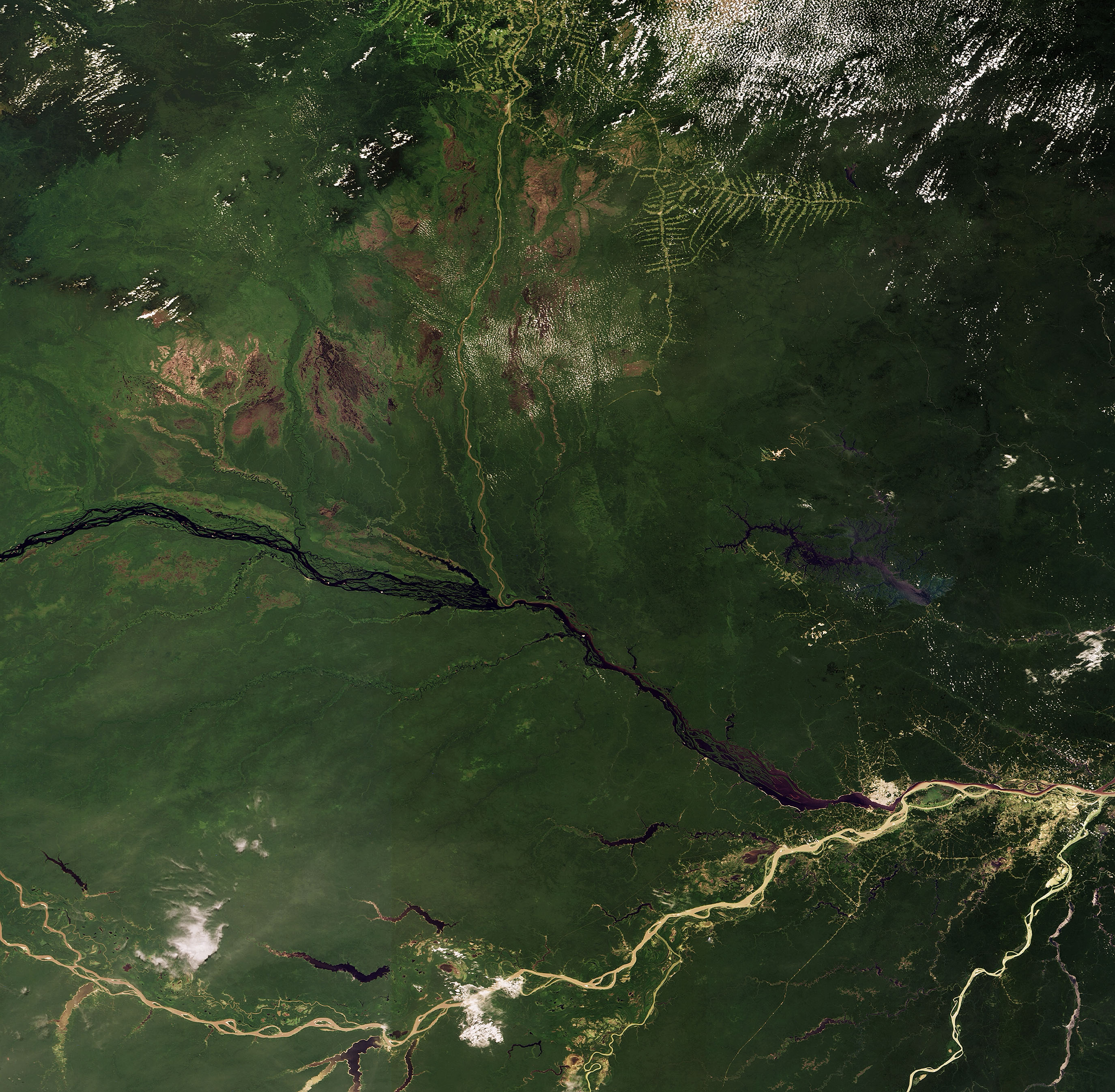
Modern science has found ways to study these isolated communities without making dangerous contact. Remote sensing is a reliable method of monitoring the population dynamics of uncontacted populations by quantifying the area cleared for gardens and villages, along with the fire detections associated with the burning of those clearings. Remote sensing also provides a method to document the number of residential structures and village fissioning.
Satellite imagery reveals fascinating details about how these communities live. Top: Approximate locations for uncontacted Yanomami in their circular village (shabono), 55 m in diameter, on May 5, 2016. Bottom: example cluster of longhouses (white arrows), each about 20 m long, of uncontacted Pano speakers in Acre, Brazil, on August 6, 2015.
This technology allows researchers to understand population growth, village locations, and even seasonal movement patterns without ever setting foot in these territories. It’s a remarkable balance between scientific curiosity and cultural respect, letting us glimpse these societies while maintaining the protective barriers they’ve chosen to keep in place.
Living Cultures in Ancient Harmony
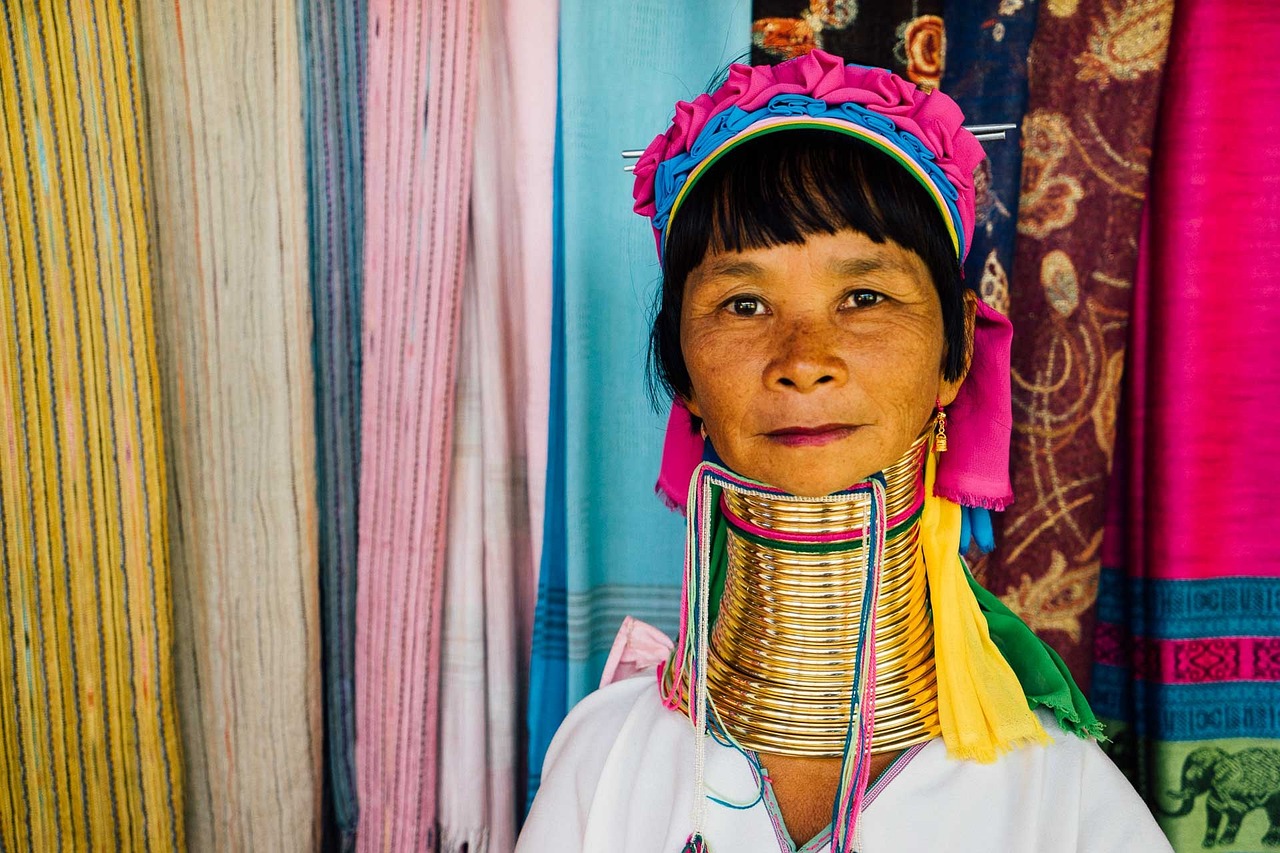
What makes these isolated communities particularly remarkable isn’t just their separation from modern society, but how they’ve maintained sophisticated cultural practices for generations. Archaeological evidence reveals long-term traditions of diversified livelihoods integrating farming, fishing, and forest management in flexible and adaptive ways. Rather than seeking to dominate nature; ancient Amazonians worked with its rhythms, transforming seasonal floods into opportunities.
The inhabitants of San Regis and Vista Alegre are known for their extensive knowledge of the river’s ecology, which is reflected in their myths and legends that honor the spirits of the water and forest. This deep connection with nature guides their sustainable practices, ensuring that their impact on the environment remains minimal.
These aren’t primitive societies struggling to survive. They’re sophisticated cultures that have developed sustainable ways of living that modern environmentalists are only beginning to understand. For these groups, music is not just sound. It’s a conversation with their ancestors, their land, and their deities. Their entire worldview is built around maintaining balance with their environment.
The Guardians’ Dilemma: Preservation vs. Extinction
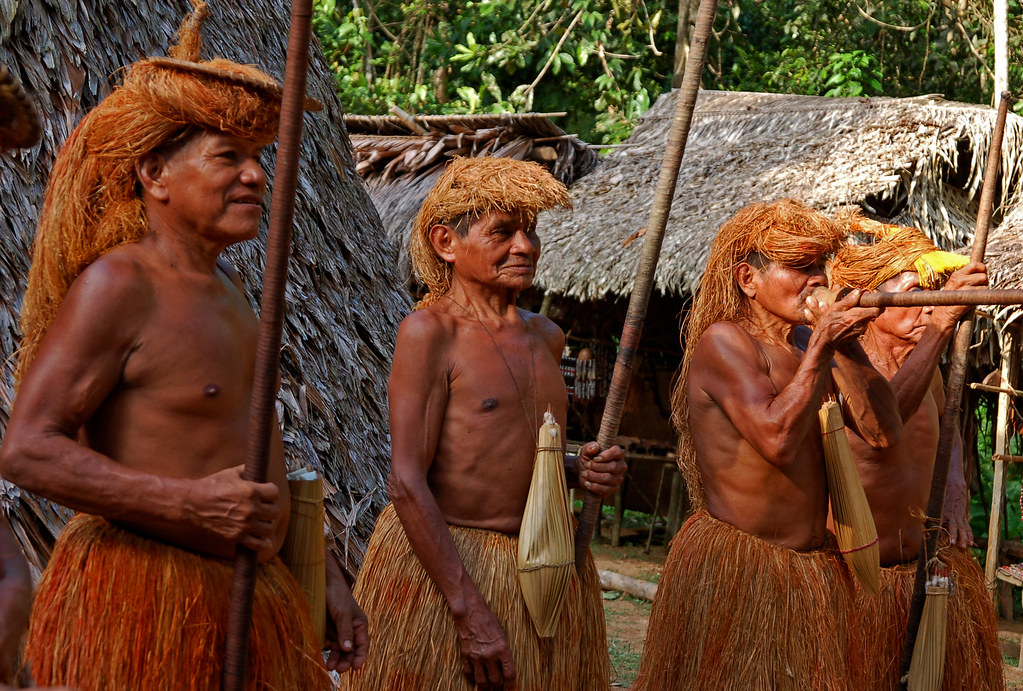
The challenge facing both these communities and the outside world is finding ways to protect them while respecting their choices. Survival’s research shows that more than 95% of the world’s uncontacted peoples live in the Amazon, with smaller populations in South and Southeast Asia and the Pacific. This makes the Amazon crucial for preserving human cultural diversity on a global scale.
“The people are going to come out,” said José Carlos Meirelles, a veteran of more than 40 years working to protect some of Brazil’s most mysterious and seldom-glimpsed “uncontacted tribes” along its remote and largely lawless border with Peru. “I believe we’re going to see a succession of first contacts in the coming ten years.”
The pressure is mounting from all sides. Climate change, deforestation, illegal mining, and drug trafficking are all pushing deeper into traditional territories. Meanwhile, some isolated groups are beginning to make tentative contact on their own terms, seeking help or resources they cannot obtain in complete isolation.
What the Future Holds for the Hidden World

As we look toward the future, the secrets of the Amazon face unprecedented challenges. A railway line now planned in Brazil could potentially affect three uncontacted peoples, she said, but the rise of organized crime poses an even greater risk. Beyond human rights, these communities play an outsized role in stabilizing the global climate.
The stakes couldn’t be higher. There are numerous uncontacted Indigenous communities recognized by the state in the Brazilian Amazon, with one more pending federal recognition, although experts suspect the number of isolated groups may be significantly higher than what is officially recorded. The Javari Valley is home to numerous groups of uncontacted peoples and is considered one of the areas with the highest concentration globally, who are under constant threat from escalating organized crime in the region.
Each of these communities represents thousands of years of accumulated knowledge about sustainable living, medicinal plants, and environmental management. When they disappear, that knowledge vanishes forever. The question isn’t just whether they’ll survive, but what humanity will lose if they don’t.
Conclusion

The secrets of the Amazon continue to remind us that our world still holds profound mysteries. In an age where we can order food from our phones and video chat with people on other continents, entire societies choose to live completely outside our connected reality. These uncharted territories and isolated tribes represent more than just anthropological curiosities; they’re living examples of alternative ways to exist on this planet.
The Llanos de Moxos remind us that the Amazon has always been a biocultural landscape, dynamic, inhabited, and full of memory. Its monumental earthworks, forest islands, and living traditions reveal that the key to our shared future may lie in listening to these landscapes that remember. Perhaps the real secret isn’t what these hidden communities can teach us about the past, but what they might show us about different possible futures for humanity itself.
What do you think about these last hidden worlds? Do you believe they have the right to remain isolated, or should modern medicine and technology be made available to everyone, regardless of the consequences?

Hi, I’m Andrew, and I come from India. Experienced content specialist with a passion for writing. My forte includes health and wellness, Travel, Animals, and Nature. A nature nomad, I am obsessed with mountains and love high-altitude trekking. I have been on several Himalayan treks in India including the Everest Base Camp in Nepal, a profound experience.


